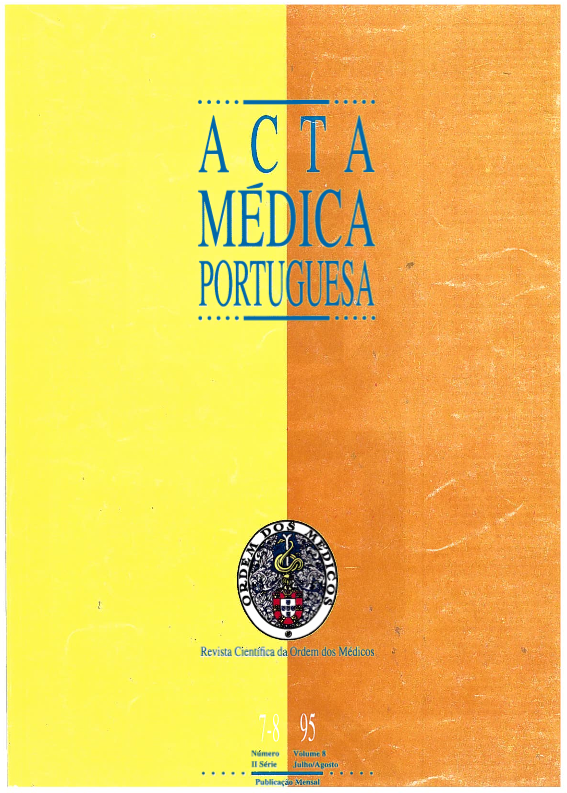Control of breathing.
DOI:
https://doi.org/10.20344/amp.2725Abstract
The control system of breathing can be considered as a closed loop system, consisting of two subsystems: the controlling system and the controlled system. Both systems are defined by their input-output relationships. The controlling system is defined by the Respiratory Centers that are responsible for two separate, but overlapping, patterns: the automatic control pattern and the behavioral or voluntary control. In the controlling system the input is the blood gas value and the output is some parameters of ventilation. The controlled system is characterized by an input of ventilation and an output of blood gas values. In this closed loop system breathing is normally regulated by two anatomically distinct but functionally integrated elements, referred to as the metabolic and behavioral respiratory control systems. The metabolic control is concerned with blood gas homeostasis and the voluntary control relates with activities such as phonation and singing that use the ventilatory apparatus for purposes other than gas exchange.Downloads
Downloads
How to Cite
Issue
Section
License
All the articles published in the AMP are open access and comply with the requirements of funding agencies or academic institutions. The AMP is governed by the terms of the Creative Commons ‘Attribution – Non-Commercial Use - (CC-BY-NC)’ license, regarding the use by third parties.
It is the author’s responsibility to obtain approval for the reproduction of figures, tables, etc. from other publications.
Upon acceptance of an article for publication, the authors will be asked to complete the ICMJE “Copyright Liability and Copyright Sharing Statement “(http://www.actamedicaportuguesa.com/info/AMP-NormasPublicacao.pdf) and the “Declaration of Potential Conflicts of Interest” (http:// www.icmje.org/conflicts-of-interest). An e-mail will be sent to the corresponding author to acknowledge receipt of the manuscript.
After publication, the authors are authorised to make their articles available in repositories of their institutions of origin, as long as they always mention where they were published and according to the Creative Commons license.









